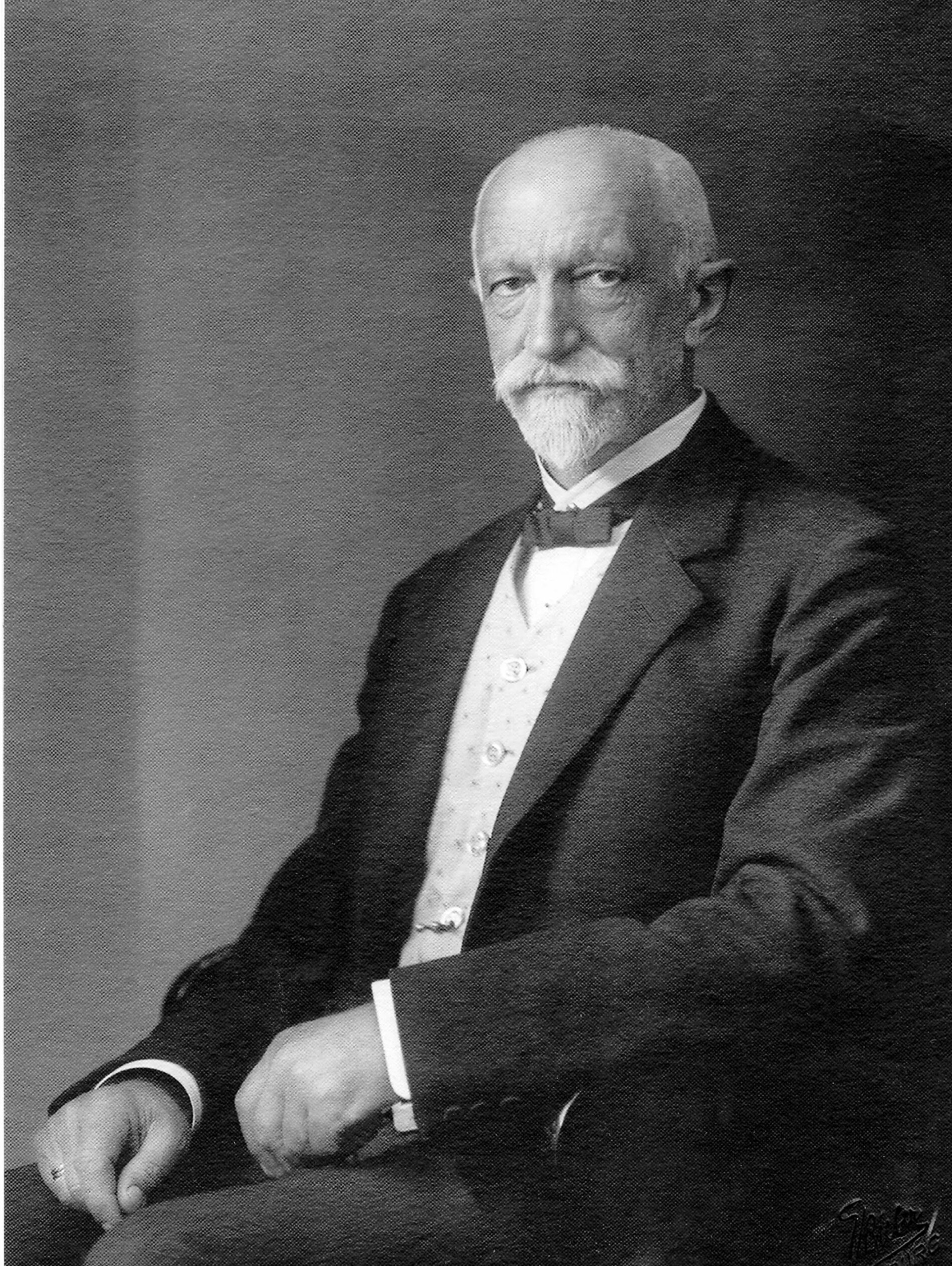A BRIEF HISTORY
A success story of over eight hundred years
The successful history of the Holsteiner horse began centuries before the Holsteiner Verband was founded.

800 YEARS HOLSTEINER HORSE
The Count and the Monastery
The history of the Holsteiner horse traces back to the year 1225.
Gerhard I, count of Schleswig- Holstein and Stormarn, granted the Uetersen monastery the right to graze its horses on the uncultivated land of county Pinneberg.
Already under King Christian I (1460-1481), Holstein had a state stud department.
The rural breeding
Between Elbe and North Sea
For centuries, the Holsteiner horse has been bred by farmers. The breed originated in the marsh lands of the river Elbe and the west coast of Schleswig-Holstein. Then bred as an agricultural horse, the breeding goal included particular traits like the characteristic breed type which could be described as expressive, with a lot of frame, substance, and bone due to the selective insertion of Thoroughbred blood.


Charisma and performance attitude
Already then known far beyond the borders of the country
At that time, Holsteiners used to have predominantly bay coats and were noted and appreciated for their performance traits well beyond the borders of the country.
Particularly as exclusive driving horses, highly impressive for their type and their typical Holsteiner, ground-covering and high striding gaits, the breed attracted attention during the 18th century.
But also among farmers, the Holsteiner horses had a reputation for their performance attitude and hardiness, traits they had been highly selectively bred for owing to the difficult soil of the Holsteiner marshes.

138 YEARS HOLSTEINER VERBAND
Breeding better horses together since 1883
In 1883, the horse breeding societies already in existence in the 19th century united to form the first horse breeding association in the Kremper Marsch. In 1935, this association joined forces with the "Verband des Schleswig-Holsteiner Geestlandes" established in 1896 to form the "Verband der Züchter des Holsteiner Pferdes".

More recent history
In 1944, the brand still in existence today was introduced.
After World War II, the land between the seas saw an alarming decrease in horses. In 1960, with only 1311 Holsteiner mares left, the Schleswig-Holstein Parliament decided to dissolve the Traventhal state stud established in 1874.
After a great deal of discussion, the Verband took over almost the entire Traventhal stallion portfolio and went on to build the Elmshorn stallion depot over the years.
Currently round about 50 Verband-owned and approximately 150 privately owned activated Holsteiner stallions are bred, with about 5.300 brood mares registered in Holstein today.
The systematic breeding records as the basis of sports horse breeding
In 1883, Georg Ahsbahs of Sommerlander Riep issued the first stud book. The mare families or stems still in existence and continued today that form the basis of today’s Holsteiner breeding originate from this systematic breeding records.
The middle of the 20th century has seen the adaption of the breed from agricultural horse to sport horse. Again, primarily English Thoroughbred stallions were successfully used to improve and refine the Holsteiner breed as they found an excellent basis in the consolidated Holsteiner mare families.

Our famous stallions
With the arrival of heavy machinery in agriculture at the end of the fifties, the Holstein horse had lost its right to exist as a "worker" in the fields. In order to refine the type that had previously been of a high calibre and to turn it into a modern sport horse, the breeding management decided 40 years ago to use thoroughbred stallions.
During the 1960s alone, more than 25 TB sires were put to stud in the land between the seas, with one stallion in particular to put his stamp on the breed at this time:
Ladykiller xx
Ladykiller is a TB stallion born in England in 1961.
He delivered 35 state premium mares and just as many licensed stallions, including Landgraf I, who was already commemorated in front of the Elmshorn stables during his lifetime.
His offspring have so far won more than 7 million mark in sport, and his numerous sons and daughters ensure that this valuable blood is passed on worldwide.
Lord, the second outstanding son of Ladykiller, is also the founder of his own stallion line and also the father of the unforgotten Livius.
Cor de la Bryère
Cor de la Bryère, who died in 1999 at the venerable age of 31, must be mentioned in the same breath with Landgraf I. Along with Ladykiller, "Corde", as he is affectionately called by the breeders, has had the greatest impact on modern sport horse breeding in the land between the seas.
Capitol I
Another stallion to have made Holsteiner breeding history is Capitol I.
Capitol I is the sire of numerous world-famous show jumpers, including the 2001 World Cup winner, Dobel's Cento and Carthago Z, both of whom took part in the Olympic Games in Sydney.
With these two licensed stallions Capitol also achieved a success at the CHIO Aachen in 2000 that no sire has ever had before: 1st place Cento and 2nd place Carthago in the Grand Prix of Aachen.
Their offspring are also very successful. In the meantime Caretino, who is internationally successful in sport himself, and Contender have succeeded in succeeding the three heroes with successful offspring in sport and breeding.

Ladykiller xx

Landgraf

Cor de la Bryère

Capitol

According to the World Breeding Federation for Sport Horse at the top worldwide
Due to existing breed characteristics including willingness to perform, hardiness, and jumping ability the Holsteiner sport horse has gained a foothold on the competition scene very quickly.
The Holsteiners take a top position in the worldwide jumper stud book ranking of the World Breeding Federation for Sport Horse (WBFSH). Holsteiner sport horses have made it to the forefront in the disciplines dressage and eventing, as well.
This success is due to the consolidated Holsteiner damlines bred to English Thoroughbred improvement sires and the selective inclusion of French sport horse performance genes. Moreover, exceptional performance stallions have been selectively included into the breeding programme on a trial basis.



























